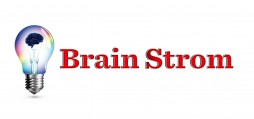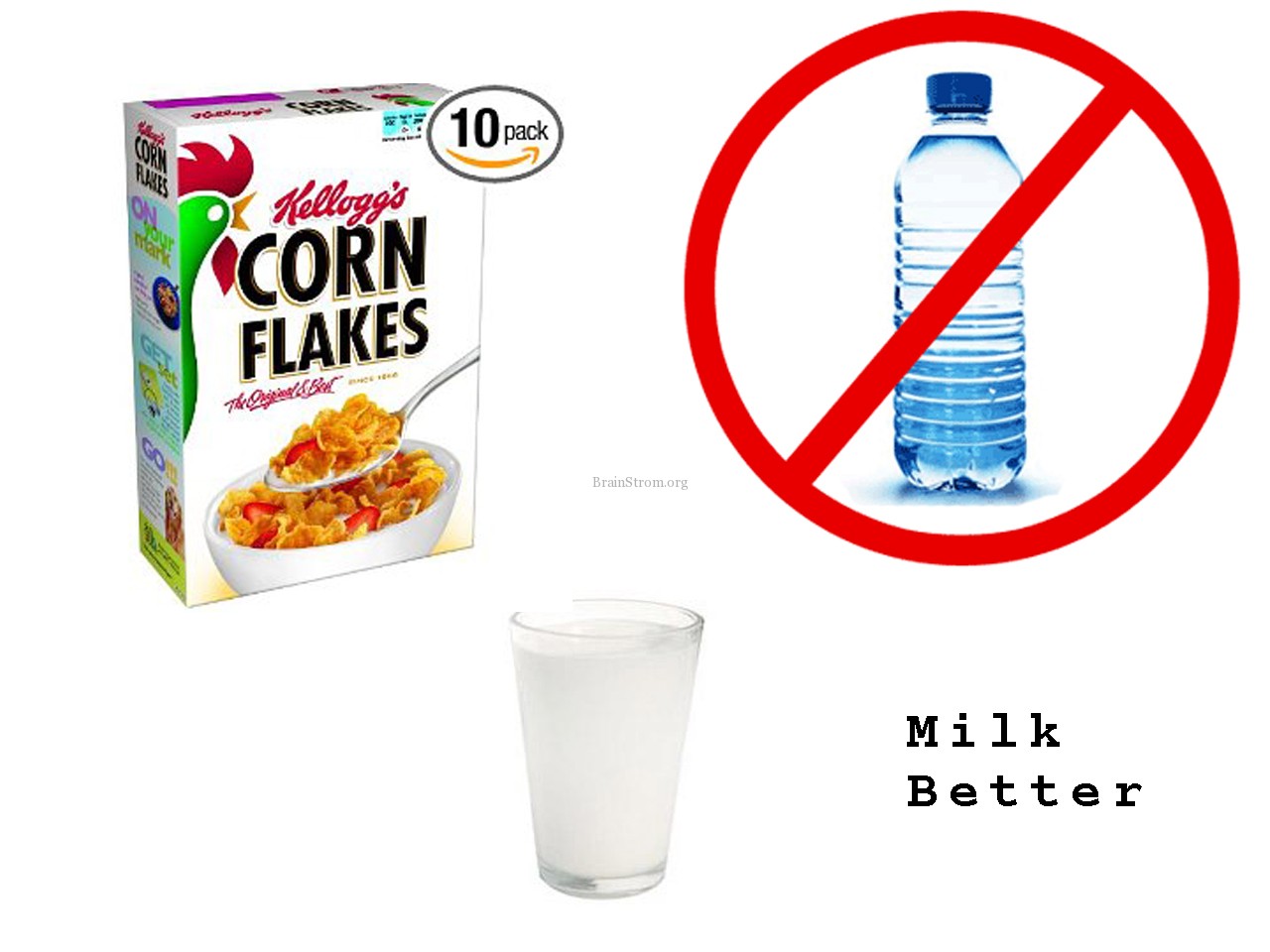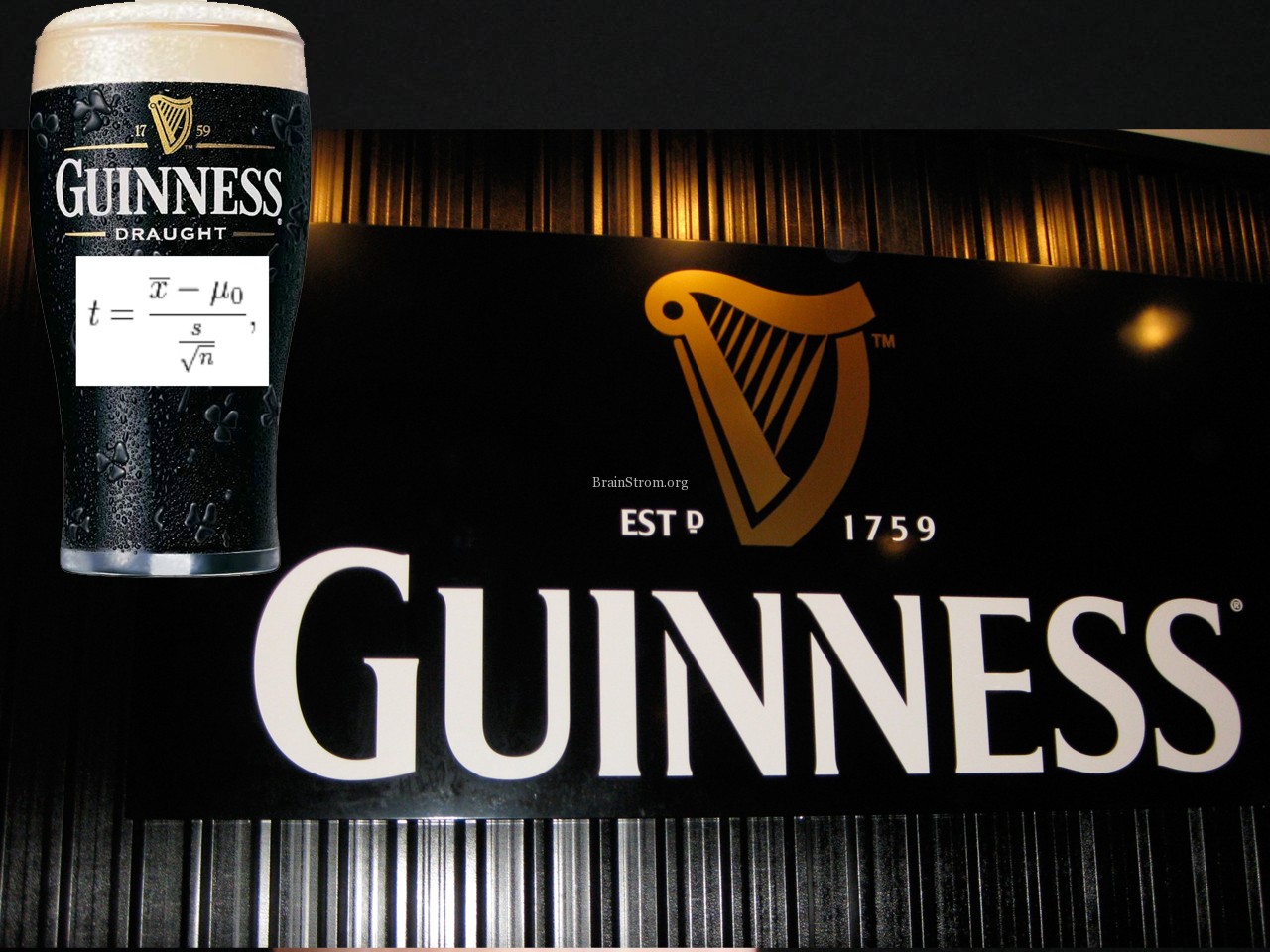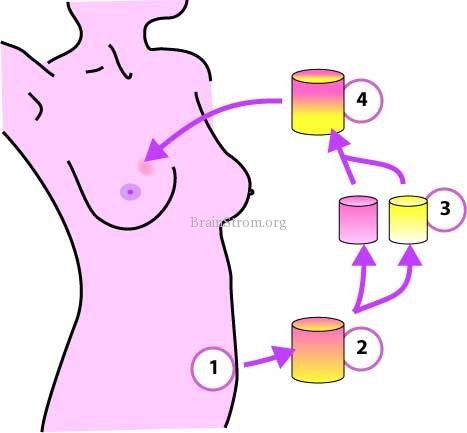Stressed? Research suggests chomping on a piece of chewing gum may help reduce anxiety and even improve mood[1]. And forget that morning cup o’ Joe— not only may chewing gum relieve stress, but studies suggest chewing gum can also increase alertness and blood flow in the brain[2]. Now that’s something to chew— or cheer— about!
Bubble Gum and Brain Power — The Takeaway
Humans have been finding things to chew on for thousands of years. The ancient Greeks and Mayans chewed on tree resin, while the first “chewing gum” was made in the 1800s from a type of rubber known as chicle (yup, the same stuff Chiclets were named after!). While today’s gum tastes a lot better, the ancient Greeks and Mayans may have been on to something— studies suggest the ancient chewers may have felt less stress than their non-gum-chewing counterparts[3].
For starters, chewing gum is associated with reduced anxiety and lower cortisol levels. The stress relief can occur almost immediately, but has long-term effects, too[4]. In one study, participants who chewed gum twice a day for fourteen days rated their anxiety as significantly less than the non-chewers[5]. And not only are gum-chewers less stressed, they may be more alert, too[6][7]. In another study, people who chewed gum while completing memory-related tasks had quicker reaction times and a higher sustained attention span than non-chewers[8].
It’s true that chewing gum has a lot of superpowers (perhaps it needs to be the star of its own comic book), but how does it work? It may not be the act of chewing that does it— in one study, people who pretended to chew didn’t experience the same benefits[9]. Although it’s unclear exactly why gum chewing relieves stress, it could have to do with flavor, and research suggests flavored gum (as opposed to standard gum base) increases arousal in the brain[10]. Gum-chewing can alsostimulate the senses by involving smell, taste, and touch, which may explain why it’s been shown to increase alertness and improve mood[11][12].
Just be sure to stick with sugar-free gum, which contains fewer calories and (you guessed it!) sugar. Sugar-free gum has been shown to help clean teeth and reduce cavities, as well as improve bad breath (now that’s stressful!)[13][14].
The Tip
The next time anxiety hits, try chomping on a piece of (sugar-free) gum to help chill out.
Further Resources
-
Blame it on the Voices — Chewing Gum Sculptures
Check out the newest art form, made completely of chewing gum!
-
International Chewing Gum Association — Fun facts about gum
Want to know why bubble gum is pink?
-
Discovery — Can a chewing gum wrapper really replace a fuse?
Turns out that it can, and here’s the how-to.
-
Planet Green — Throw Your Chewing Gum in the Trash
Why chewing gum should go in the trash— and not wadded under tables.
Works Cited
- Effect of regular chewing gum on levels of anxiety, mood, and fatigue in healthy young adults. Sasaki-Otomaru, A., Sakuma, Y., Mochizuki, Y., et al. Department of Fundamental Nursing and Life Support, Division of Comprehensive Health Nursing Sciences, Graduate School of Health Care Sciences, Tokyo Medical and Dental University, Tokyo, Japan. Clinical Practice and Epidemiology in Mental Health: CP & EMH, 2011;7:133-9. Epub 2011 Aug 5. [↩]
- Prolonged gum chewing evokes activation of the ventral part of prefrontal cortex and suppression of nociceptive responses: involvement of the serotonergic system. Kamiya, K., Fumoto, M., Kikuchi, H., et al. Anesthesiology and Clinical Physiology, Department of Oral Health Sciences, Graduate School of Medical and Dental Sciences, Tokyo Medical and Dental University, Tokyo, Japan. Journal of Medical and Dental Sciences, 2010 Mar;57(1):35-43. [↩]
- Effect of regular chewing gum on levels of anxiety, mood, and fatigue in healthy young adults. Sasaki-Otomaru, A., Sakuma, Y., Mochizuki, Y., et al. Department of Fundamental Nursing and Life Support, Division of Comprehensive Health Nursing Sciences, Graduate School of Health Care Sciences, Tokyo Medical and Dental University, Tokyo, Japan. Clinical Practice and Epidemiology in Mental Health: CP & EMH, 2011;7:133-9. Epub 2011 Aug 5. [↩]
- Chewing gum alleviates negative mood and reduces cortisol during acute laboratory psychological stress. Scholey, A., Haskell, C., Robertson, B., et al. Physiology & Behavior, 2009 Jun 22;97(3-4):304-12. Epub 2009 Mar 5. [↩]
- Effect of regular chewing gum on levels of anxiety, mood, and fatigue in healthy young adults. Sasaki-Otomaru, A., Sakuma, Y., Mochizuki, Y., et al. Department of Fundamental Nursing and Life Support, Division of Comprehensive Health Nursing Sciences, Graduate School of Health Care Sciences, Tokyo Medical and Dental University, Tokyo, Japan. Clinical Practice and Epidemiology in Mental Health: CP & EMH, 2011;7:133-9. Epub 2011 Aug 5. [↩]
- Chewing gum alleviates negative mood and reduces cortisol during acute laboratory psychological stress. Scholey, A., Haskell, C., Robertson, B., et al. Physiology & Behavior, 2009 Jun 22;97(3-4):304-12. Epub 2009 Mar 5. [↩]
- Effect on electroencephalogram of chewing flavored gum. Morinushi, T., Masumoto, Y., Kawasaki, H., et al. Department of Paediatric Dentristry, Kagoshima University Dental School, Japan. Psychiatry and Clinical Neurosciences. 2000 Dec;54(6):645-51. [↩]
- Effects of chewing gum on cognitive function, mood and physiology in stressed and non –stressed volunteers. Smith, A., Centre for Occupational and Health Psychology, School of Psychology, Cardiff University. Nutritional Neuroscience, 2010 Feb;13(1):7-16. [↩]
- The effect of chewing gum on physiological and self-rated measures of alertness and daytime sleepiness. Johnson, A.J., Miles, C., Haddrell, B., et al. Department of Psychology, Coventry University, Coventry, UK. Physiology and Behavior, 2011 Oct 28. [↩]
- Effect on electroencephalogram of chewing flavored gum. Morinushi, T., Masumoto, Y., Kawasaki, H., et al. Department of Paediatric Dentristry, Kagoshima University Dental School, Japan. Psychiatry and Clinical Neurosciences. 2000 Dec;54(6):645-51. [↩]
- Effects of chewing gum on mood, learning, memory and performance of an intelligence test. Smith, A. Centre for Occupational and Health Psychology, School of Psychology, Cardiff University, Cardiff, UK. Nutritional Neuroscience, 2009 Apr:12(2):81-8. [↩]
- Chewing gum moderates multi-task induced shifts in stress, mood, and alertness. A re-examination. Johnson, A.J., Jenks, R., Miles, C., et al. Department of Psychology, Coventry University, James Starley Building, Priory Street, Coventry. Appetite, 2011 Apr;56(2):408-11. Epub 2011 Jan 11. [↩]
- The use of sorbitol- and xylitol-sweetened chewing gum in caries control. Burt, BA., Departmnet of Epidemiology, School of Public Health, University of Michigan. Journal of the American Dental Association, 2006 Feb;137(2):190-6. [↩]
- Sugar-free chewing gum and dental caries: a systematic review. Micheknautsch, S., Leal, SC., Yengopal, V., et al. Division of Public Oral Health, University of the Witwatersrand, Johannesburg, South Africa. Journal of Applied Oral Science: revista FOB, 2007 Apr:15(2):83-8. [↩]
- by Caitlin Covington
Thanks for installing the Bottom of every post plugin by Corey Salzano. Contact me if you need custom WordPress plugins or website design.









